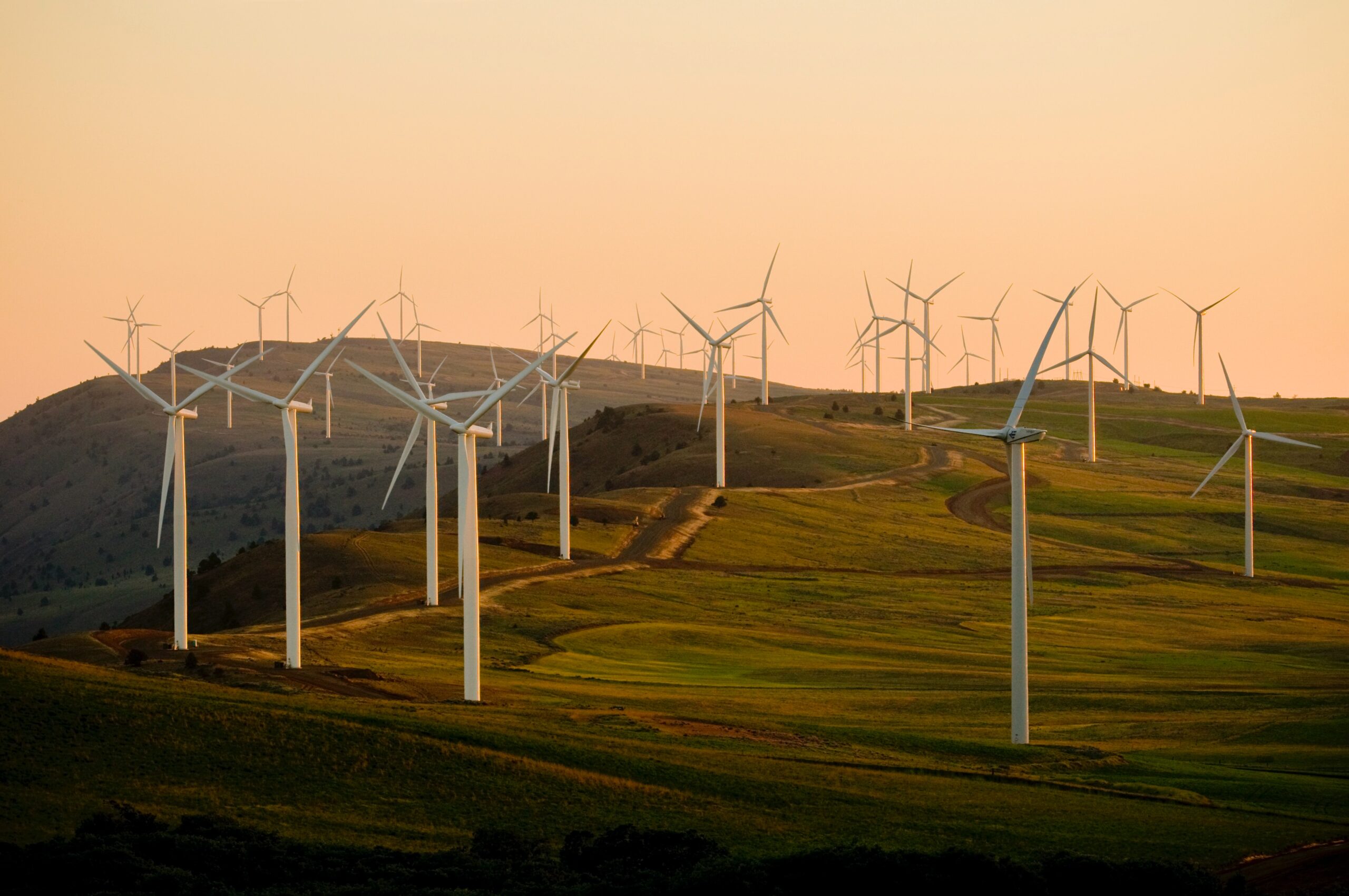
With India accelerating its clean energy mission, wind energy is playing a pivotal role in reshaping the power sector. As the country strives to achieve its renewable energy sources targets, wind energy has emerged as one of the most affordable and scalable clean power sources.
In this guide, we’ll break down what wind energy is, how it works, its benefits, and why it’s critical for India’s sustainable future. Whether you’re a student, an energy enthusiast, or an investor, this article offers all you need to know in simple, human terms.
What is Wind Energy?
Wind energy is the process of converting wind’s kinetic energy into electrical power using wind turbines. These tall structures capture wind flow with blades that rotate a generator to produce electricity. The stronger the wind, the more power generated.
In India, wind energy contributes significantly to the national grid, especially in states like Tamil Nadu, Gujarat, and Maharashtra.
How Do Wind Turbines Work?
Let’s keep it simple:
Blades Catch the Wind: The turbine’s blades are designed like airplane wings. When wind hits them, it creates lift and spins the rotor.
Rotor Turns the Shaft: This spinning rotor turns a shaft connected to a generator.
Generator Creates Electricity: As the rotor spins the shaft, the generator converts that movement into usable electricity.
Modern turbines can generate power with even light winds, making them efficient and reliable.
Types of Wind Energy Systems
1. Onshore Wind Farms
These are located on land and are the most common type in India. They’re easier to build and maintain.
2. Offshore Wind Farms
Set up in oceans or seas where winds are stronger and more consistent. India is exploring offshore potential along the Gujarat and Tamil Nadu coasts.
3. Small-Scale Wind Turbines
These are used for decentralized energy needs—ideal for farms, rural homes, and businesses in remote areas.
Wind Energy in India: 2025 Update
India is currently the fourth-largest producer of wind energy globally. According to MNRE (Ministry of New and Renewable Energy):
Installed capacity: Over 45 GW (as of early 2025)
Government target: 140 GW by 2030 (including offshore)
Leading states: Tamil Nadu, Gujarat, Karnataka, Maharashtra, Rajasthan
This sector is supported by green policies, subsidies, and FDI-friendly norms to promote faster adoption.
Benefits of Wind Energy
1. Clean and Renewable
It produces zero emissions during operation—no air pollution, no greenhouse gases.
2. Reduces Fossil Fuel Dependence
Wind energy helps India cut back on coal and oil imports, making the country more energy-independent.
3. Cost-Effective Over Time
Though the initial investment can be high, wind energy has low operating costs and long-term savings.
4. Job Creation
From turbine manufacturing to maintenance, this sector generates thousands of green jobs.
Read More: How to Start a Solar Business in India
5. Supports Rural Development
Wind farms often bring infrastructure, electricity, and employment to rural areas.
Challenges of Wind Energy in India
Inconsistent Wind Speeds: Not all regions have steady wind flow.
High Initial Setup Cost: Especially for offshore wind farms.
Land Acquisition Issues: Acquiring large tracts of land can lead to delays and disputes.
Grid Integration: Storing and transmitting variable wind power is still a technical hurdle.
Wind vs. Solar Energy – Which is Better?
Both wind and solar have pros and cons. While solar is easier to install on rooftops, wind is more efficient in areas with strong wind flow. In India, a hybrid approach (solar + wind) is proving to be the most effective solution. Find Which is better Wind energy Vs Solar Energy
Government Support for Wind Energy in India
Accelerated Depreciation for Wind Projects
Generation-Based Incentives (GBIs)
Viability Gap Funding (VGF) for Offshore Projects
SECI Auctions for Competitive Bidding
These initiatives make wind energy more attractive to investors and developers.
Top Indian Companies in Wind Energy
Suzlon Energy
Inox Wind
ReNew Power
Greenko Group
Adani Green Energy
They are leading the charge in wind farm development and turbine manufacturing. And these are also top renewable energy stock in India
Future Outlook of Wind Energy in India
By 2030, wind energy is expected to:
Power over 100 million Indian homes
Offset over 250 million tonnes of CO₂ annually
Create 1 million+ green jobs
The future is clearly blowing in the right direction. Also find Green Hydrogen In India
Conclusion
Wind energy in India is not just a backup to solar—it’s a major pillar of our renewable energy future. With favorable policies, technological advances, and growing demand, it’s poised to change the way India powers its economy sustainably.
Yes, especially in states with high wind potential like Tamil Nadu and Gujarat. A 2 MW wind turbine can cost ₹10–₹12 crore, depending on location and setup. Yes, small turbines can power rural homes or farms, though installation costs may be high. Typically, 20–25 years with regular maintenance. Tamil Nadu leads with the largest installed capacity in India.Is wind energy reliable in India?
How much does a wind turbine cost in India?
Can wind energy be used for homes?
What is the lifespan of a wind turbine?
Which state has the highest wind energy generation?

